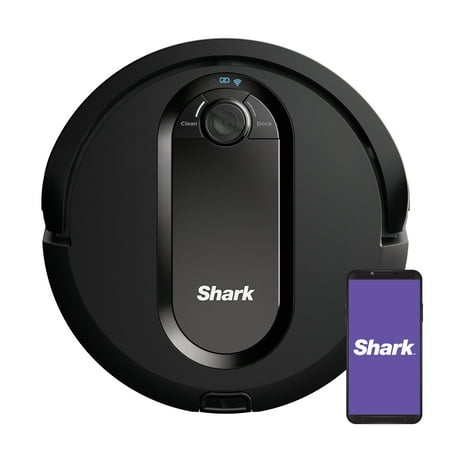BISSELL® Crosswave™ Multi-Surface Wet/Dry Vacuum – 730-338
Company’s coming and you need to vacuum and clean your rugs and hard floors. That’s when you’ll be glad you have the BISSELL Crosswave.
Company’s coming and you need to vacuum and clean your rugs and hard floors. That’s when you’ll be glad you have the BISSELL Crosswave. Vacuum and wash area rugs and sealed hard floors at the same time. The dual-action brush roll picks up debris and mops simultaneously and dual water tanks ensure you never spray dirty water back on your floors.
What You Get
- Crosswave wet/dry vacuum
- 8 oz. bottle of multi-surface cleaning formula
- 2 Multi-surface brush rolls
- Extra filter
- Instructions
- Manufacturer’s 2-year limited warranty
Additional information
| Measurements | Approx. 12"L x 10.5"W x 46"H |
|---|---|
| Weight | Approx. 11.5 lbs. |
| Cord Length | Approx. Approx. 25'L |
| Amps | 4.4 |





by Steve
So far I have not had any problems with this. I love the fact that it cleans and vacuums all in one step.
by Valeria
i like this crosswave all in one cleaner. no problems so far.
by Tase
I LOVE this, I always used a mop and never felt it really cleaned my floors. After using this, I was really impressed with how good it cleaned my floors. If you’re hesitant about purchasing this, DONT be, BUT IT, I’m very glad I did.
by Mikey
My wife is very happy it works on are hardwood floors ,rugs and tile 5 stars.